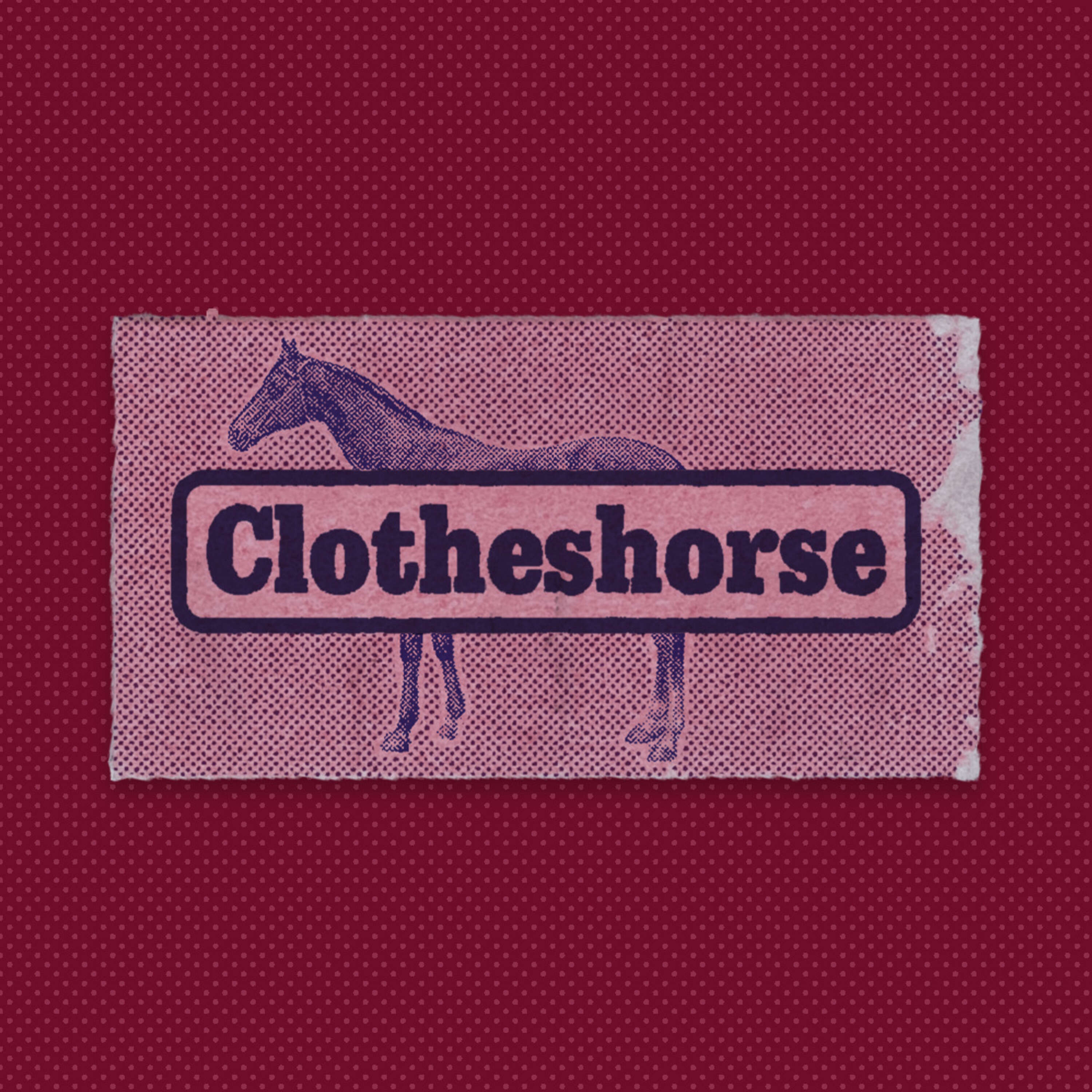Episode 176: Fast, Cheap, & Always Something New, How fast fashion changed everything (part 2)
In part two of now THREE, Amanda explores fast fashion 1.0 and 2.0 through the lens of her career. In this episode we will break down all of the acrobatics brands did to bring their customers more and more newness, faster and faster.
How fashion got faster with some help from social media and the normalization of shopping online.
How retailers began to commodify every holiday and occasion, creating products we didn't really need for every and any "event."
Why fast fashion retailers started to carry a lot of new things that weren't clothing.
How small online-only retailers like Modcloth, Nasty Gal, Lulu's, and Dolls Kill were able to offer even more steady newness without a huge in-house design team. Get ready to learn about the San Pedro Apparel Mart.
How fast fashion 2.0 brands like Fashion Nova and Boohoo could keep prices low while creating product faster than anyone else.
Additional reading:
"Barnardo's calls for people to think 'pre-loved' before buying new clothes"
Planet Money, Episode 765: The Holiday Industrial Complex
"Is Urban Outfitters Phasing Out Its Indie Athleisure Brand?," Adele Chapin, Racked.
"From the San Pedro Wholesale Mart, a Brand Rises," Kari Hamanaka, WWD.
"Boohoo’s business model is as cheeky as a bikini paired with chaps," The Economist.
"Inside the lavish lives of the billionaire family behind Boohoo, the fast-fashion giant called out in an investigation into workers being paid just $4 an hour at suppliers' factories," Mary Hanbury, Insider.
"Boohoo booms as Leicester garment factories are linked to lockdown," Archie Bland and Annie Kelly, The Guardian.
"Dark factories: labour exploitation in Britain’s garment industry," Sarah O’Connor, Financial Times.
"Boohoo opens first owned factory in ‘new chapter’ amid international market challenges," Emily Hawkins, City A.M.
"Three graphs revealing how Fashion Nova disrupted the fashion industry," Edited.
"Fashion Nova’s Secret: Underpaid Workers in Los Angeles Factories," Natalie Kitroeff, The New York Times.
FTC Announces Refund Claims Process for Fashion Nova Customers Affected by Deceptive Review PracticesSpecial thanks to this episode's sponsors:Soft Work, intuitive garment constructio

